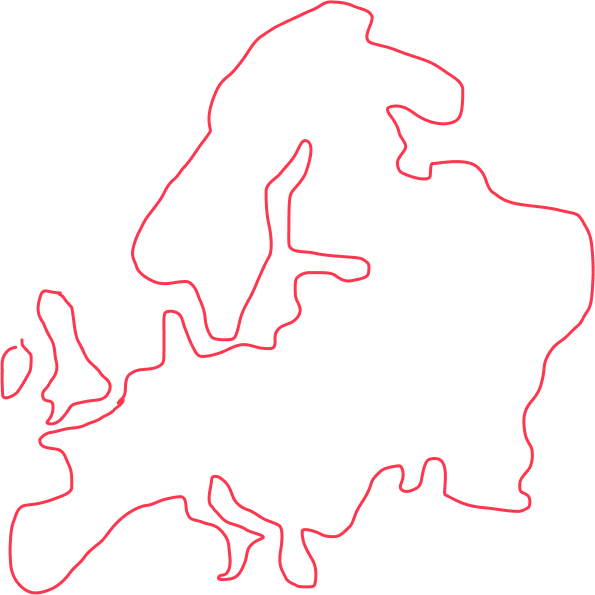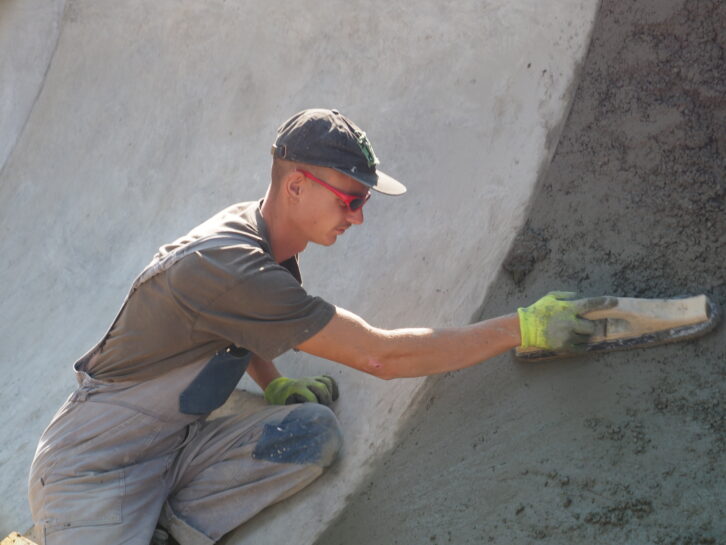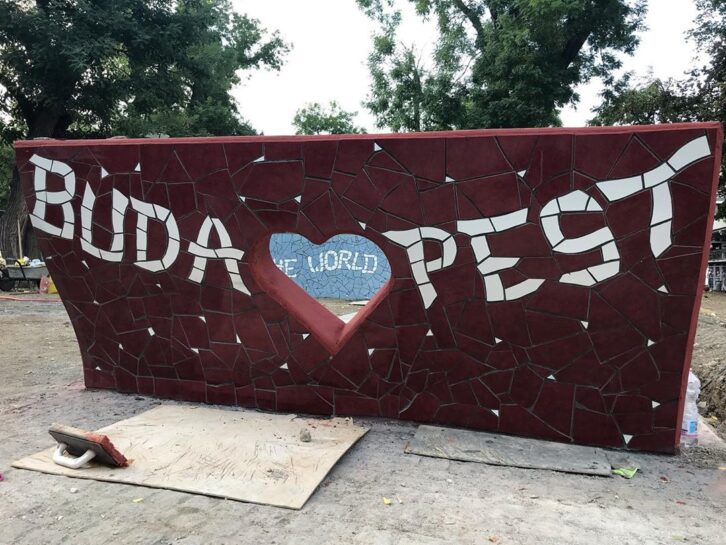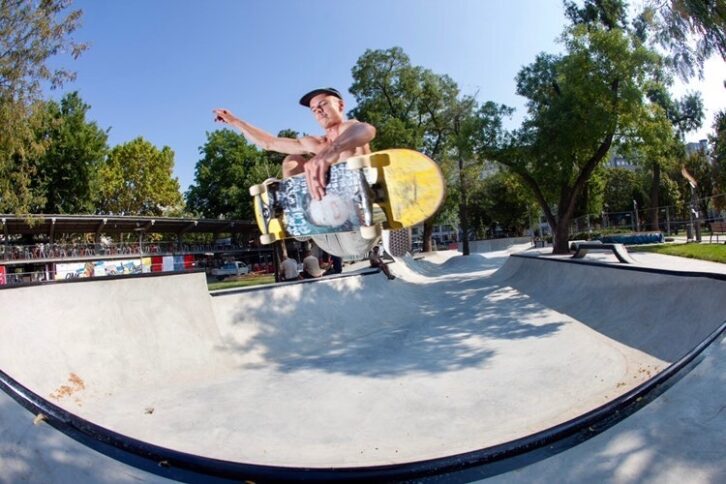The first days in Budapest were all about planning, cleaning up the spot, and figuring out the best way to build. At first, progress felt slow — just a few of us on site every day. But once word spread, more local skaters and volunteers showed up, and everything started moving quickly. In just a few weeks, the park started taking shape. By the time we laid the last piece of concrete, people were already skating and hanging out. The energy was incredible. This park is more than just a place to skate — it’s a new space for the community to come together and keep the local skate scene alive.
Budapest is home to a productive skate-scene, largely thanks to the Alap and Rios crews with both responsible for several DIY skateparks spread throughout the city. The few government-financed skateparks have previously ended up in the hands of the inexperienced companies with staff who have never ridden a skateboard. The Hungarian skate-scene is a great example of what can be achieved if skateboarders unite and put in the work it takes to make a government understand the importance of skateboarding and skateparks within its country. And importantly parks designed and constructed by those with an understanding of the specific requirements of skateparks.



